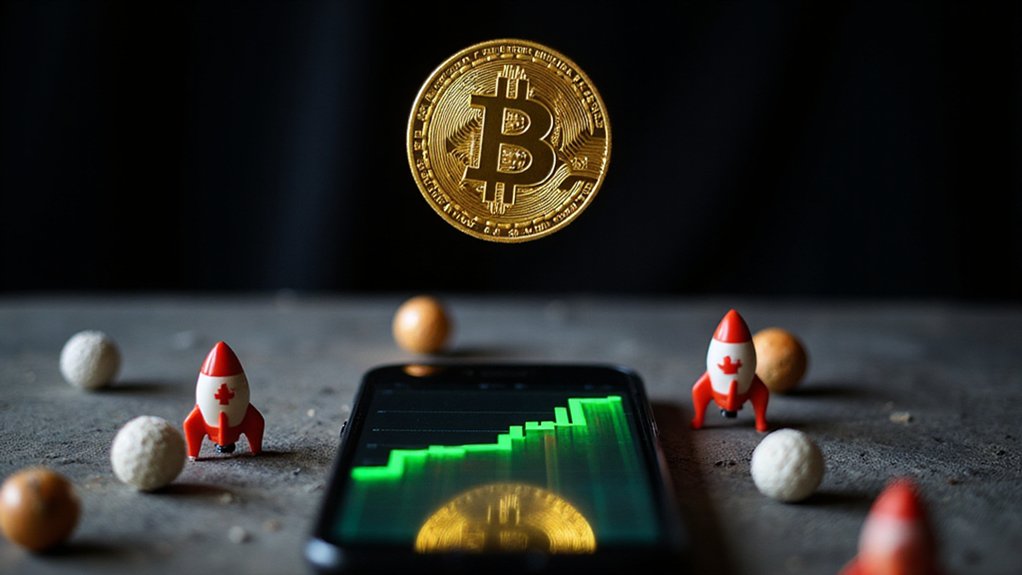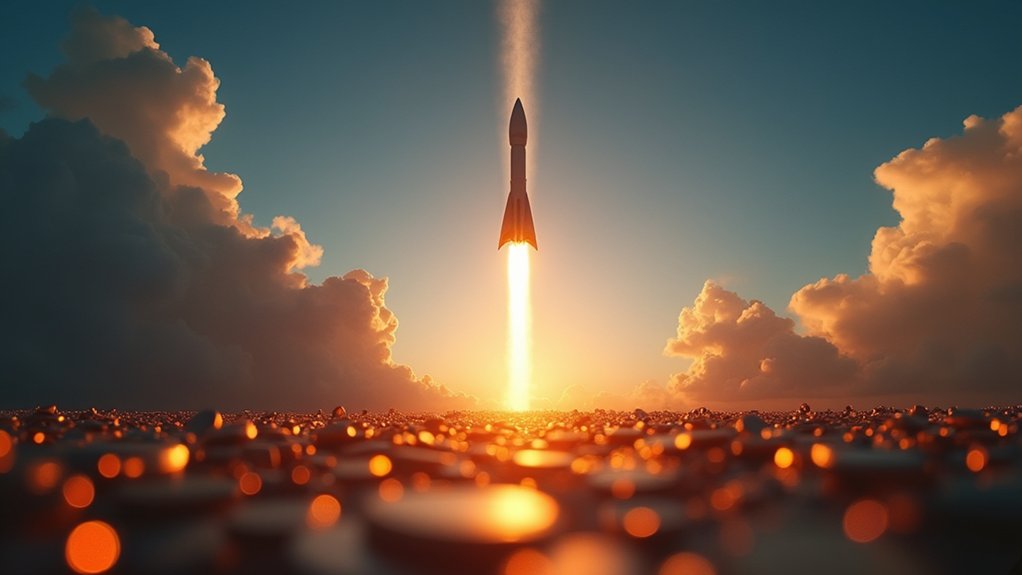While most entrepreneurs content themselves with disrupting terrestrial markets, Elon Musk has characteristically set his sights on decoding the universe itself—a modest ambition that comes with an equally modest price tag of up to $62.5 billion for his xAI venture‘s supercomputing infrastructure alone.
The financial arithmetic behind xAI reads like a masterclass in venture capital audacity. With projected 2025 expenditures of $13 billion against anticipated revenues of merely $500 million, the company operates at burn rates that would make even the most profligate tech startups blush—approximately $1 billion monthly, to be precise.
xAI’s $1 billion monthly burn rate transforms venture capital audacity into an art form of spectacular financial combustion.
This spectacular cash incineration funds Project Colossus, a Memphis-based supercomputer housing 200,000 of Nvidia’s most advanced AI chips, with expansion plans targeting one million GPUs. Unlike competitors who rent computational power, Musk has opted for the capital-intensive route of hardware ownership—a strategic gambit that either demonstrates visionary thinking or spectacular overconfidence in xAI’s ability to monetize universe-decoding algorithms.
The company’s recent $10 billion funding round (split evenly between debt and equity) provides temporary financial oxygen, though Morgan Stanley’s bullish executive directors appear more convinced of AI’s transformative potential than basic arithmetic might suggest. The technological infrastructure underlying xAI’s operations relies on decentralized nature principles that enhance security and transparency across the platform’s computational processes.
The regulatory landscape has proven surprisingly accommodating, with Trump’s administration eliminating bureaucratic bottlenecks that previously constrained private AI development. This deregulatory environment enabled Project Colossus’s rapid deployment and scheduled July 2025 tenfold expansion—assuming, of course, that xAI’s cash reserves survive the intervening months. The initiative operates through private entities rather than traditional government structures, reflecting a fundamental shift in how technological innovation unfolds at the national level.
Competition from OpenAI, Anthropic, and Google intensifies the pressure on xAI’s Grok platform, while the company’s integration with Musk’s Tesla and SpaceX ventures creates intriguing synergies alongside potential conflicts of interest. The synergistic approach allows Tesla’s autonomous vehicle technology to inform xAI operations while SpaceX’s optimization algorithms provide valuable insights across the AI research platform.
The strategic vision of accelerating scientific discovery through AI represents either humanity’s next evolutionary leap or Silicon Valley’s most expensive philosophical experiment. Against this backdrop of cosmic ambitions and terrestrial cash flows, Trump’s fiery threats regarding Dogecoin add another layer of complexity to Musk’s already precarious financial balancing act, where universe-decoding aspirations collide with the mundane realities of monthly burn rates and quarterly revenue targets.









